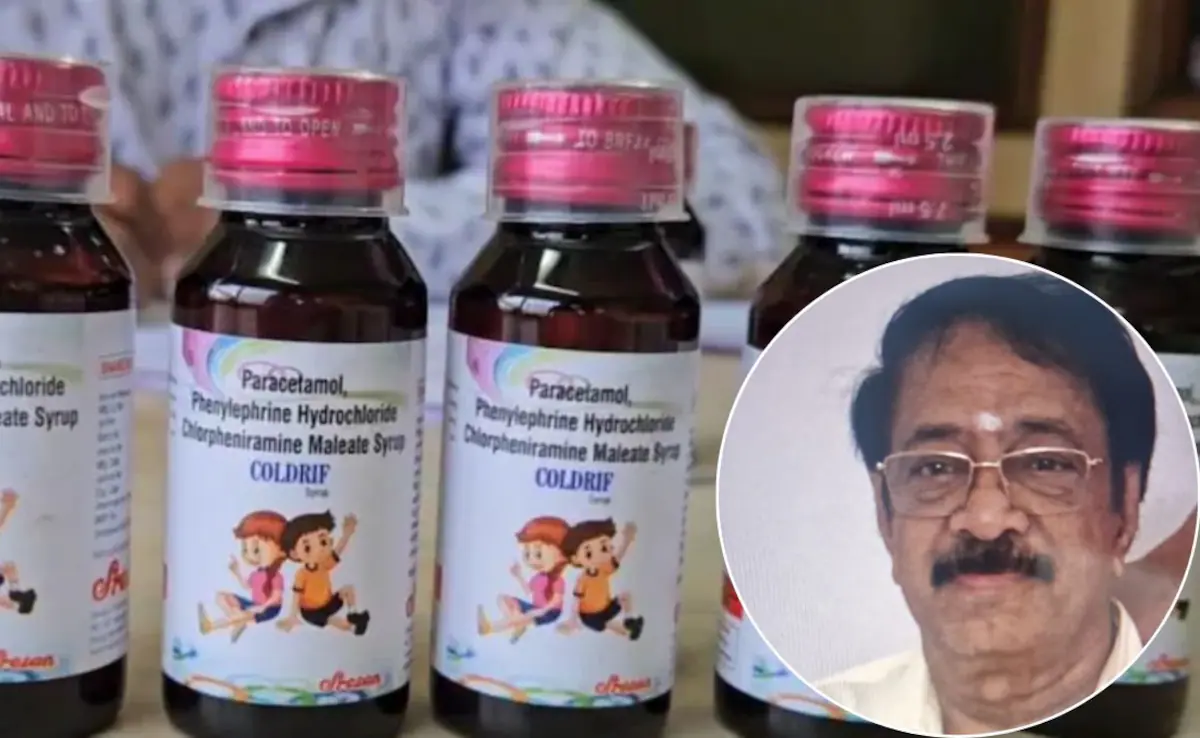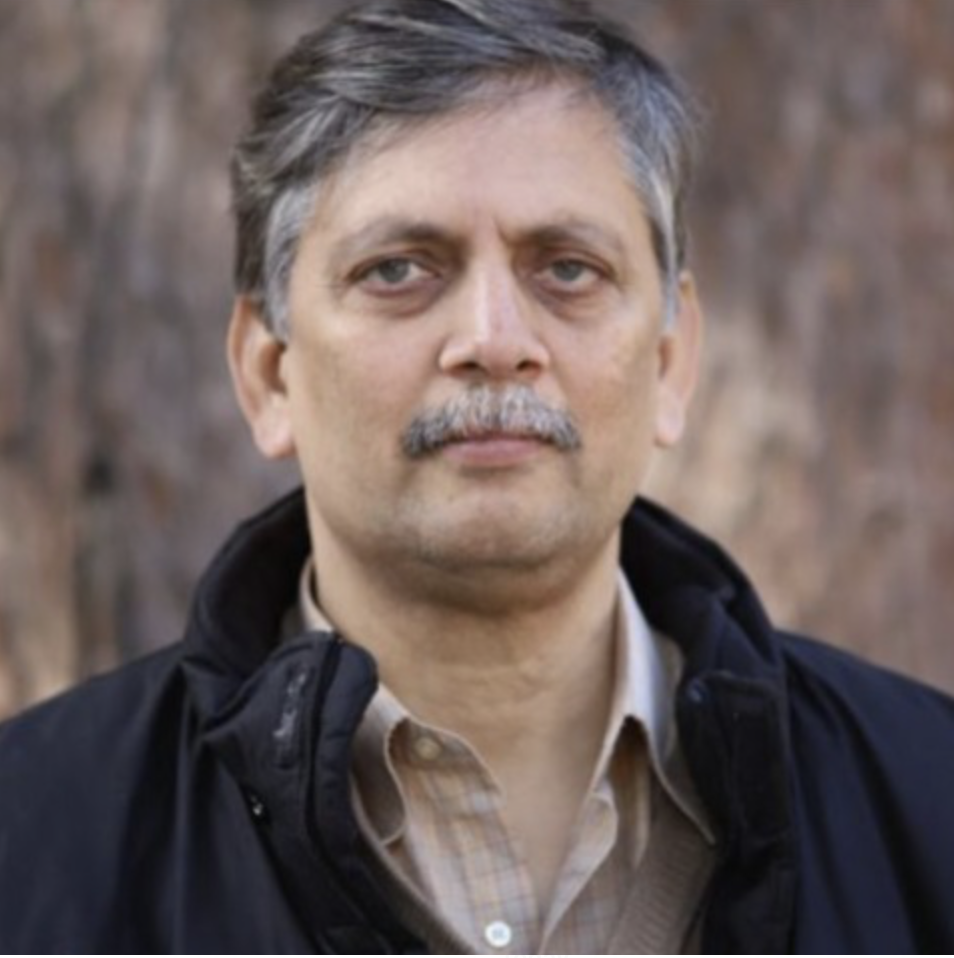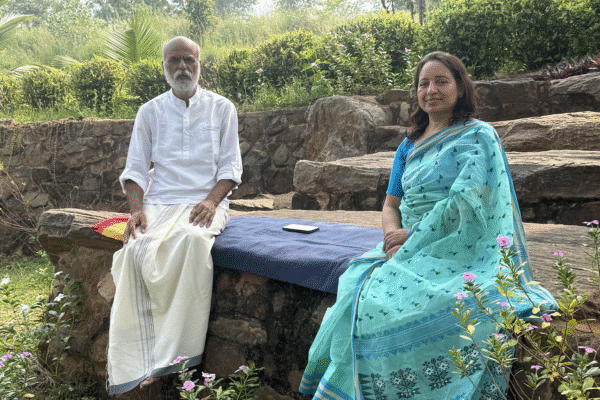

CHHINDWARA, India — Indian police arrested S. Ranganathan, owner of Sresan Pharmaceutical Manufacturer, after at least 19 children under five died in Madhya Pradesh’s Chhindwara district. The deaths followed consumption of the company’s Coldrif cough syrup, which lab tests revealed contained toxic diethylene glycol (DEG) — nearly 500 times the permissible limit, a senior police officer told Reuters.
Families described heartbreak as once-loving children fell critically ill within days of taking what was supposed to be a remedy for their coughs. In many cases, the symptoms escalated rapidly into acute kidney failure. When doctors couldn’t reverse the damage, families lost their little ones.
Authorities banned Coldrif across several states immediately after test results confirmed contamination. Meanwhile, drug regulators launched raids, testing samples, and ordering recalls.
A Toxic Batch, a Weak System
Investigations traced all the child deaths to Coldrif syrup from Batch SR‑13, manufactured in May 2025 with expiry in April 2027. In test after test, the syrup showed 48.6% DEG — an industrial solvent that can cause swift organ failure when ingested.
As officials attempted to halt further harm, they found systemic failure. Inspectors discovered that Sresan’s factory lacked even basic safeguards. They found no qualified chemists on duty, raw materials lacked proper testing, and parts of the production facility suffered from rust, blocked drains, and poor ventilation.
Local administrators joined hands with drug enforcement teams to retrieve tainted bottles. “We have recovered 30–40 bottles via this effort, and we recalled many from retailers and stockists,” Chhindwara’s district official Harendra Narayan said. He added that 594 bottles had already circulated in the region in the past six weeks. Reuters
By law, Indian drugmakers must test both raw materials and finished products. For exports, the rules tightened in 2023 after similar child deaths in Gambia, Uzbekistan, and Cameroon were linked to Indian syrups. Yet, this tragedy exposed gaping regulatory lapses.
System Failure and Global Fallout: What the Sresan Case Reveals
How did a syrup with nearly 500× the safe limit reach infants? The question stings the conscience of India’s pharmaceutical oversight. The World Health Organization quickly flagged this case as evidence of regulatory gaps in domestic drug screening — warning that some toxic exports may slip through unofficial channels.
Moreover, authorities extended warnings to two other locally sold syrups, Respifresh TR and ReLife — manufactured by Gujarat firms, after they too tested positive for DEG contamination (1.342% and 0.616% respectively). None of these were found to have been exported so far.
Political pressure mounted quickly. The Madhya Pradesh health minister vowed that “guilty will not be spared” as the state government banned Coldrif’s sale and ordered seizure of all existing stocks, pending full investigation.
Still, the scandal casts a long shadow. India, long touted as the “pharmacy of the world,” plays a vital role in supplying generic medicines globally. However, the Chhindwara tragedy exposes how severe failures at the domestic level can destroy trust and reputation.
Is the Arrest Enough? Or a Symbolic Move?
The arrest of Ranganathan in Chennai, followed by his expected transfer to Chhindwara, marks a first step in accountability. Reuters But critics argue that arrests alone cannot fix systemic rot.
Local enforcement must now ask: Will this prompt better regulation, or will it be another public cry that fades with time? Will drug inspections become proactive or remain reactive? Most importantly, will the families of the deceased find justice — not just in court, but in prevention for future children?
The sobering lesson from Chhindwara is that lives can’t afford regulatory delays. In a country that prides itself on being a global medicine supplier, no child’s life should ever count as collateral damage in system failure.

Gyaneshwar brings more than three decades of distinguished journalistic experience to the team. He has contributed significantly to both print and electronic media and directed several documentary films. For over 35 years, he has held key editorial roles in newspapers and TV channels, including The Pioneer and JAIN TV. Known for his balanced perspective and in-depth analysis, he brings leadership and expertise, and ensures accuracy, relevance, and clarity in every story.









